Biology and Geology.Teoría,
actividades y prácticas de laboratorio. 1º ESO Programa SELE • María
del Mar Vera Sánchez
Contents and activities
UNIT 9. Adaptations
 FuseSchool - Global Education:
FuseSchool - Global Education:
“What Is Adaptation? Ecology and Environment Biology”
 FuseSchool - Global Education:
FuseSchool - Global Education:
“Adaptations Of Camels Ecology and Environment Biology”
 FuseSchool - Global Education:
FuseSchool - Global Education:
“Adaptations Of Predators And Prey Ecology and Environment Biology”
 FuseSchool - Global Education:
FuseSchool - Global Education:
“Adaptations Of Plants and Extremophiles Ecology and Environment Biology”
An ADAPTATION is a characteristic which helps an organism to survive in its environment. These adaptations are determined by different environmental factors depending on the type of ecosystem:
- The most important adaptations to the terrestrial environment are to light, temperature and humidity.
- • The most important adaptations to the aquatic environment are to light, dissolved O2, salt concentration, density and pressure.
Look through the gallery below and notice the adaptations:
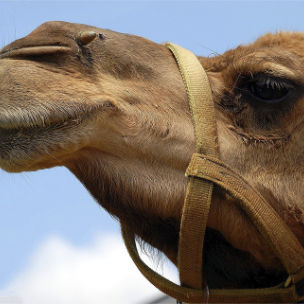 |
A dromedary camel with its very long eyelashes, and nostrils that can open and close. | 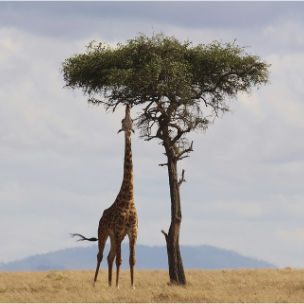 |
A giraffe reaching leaves way up in the tree. |
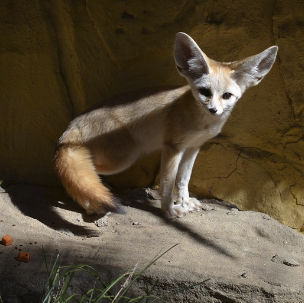 |
The fennec fox’s long ears. | 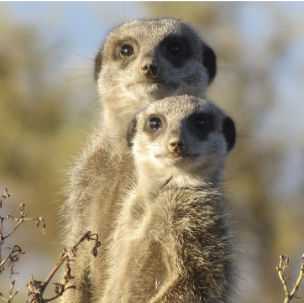 |
Black circles around a meerkat’s eyes. |
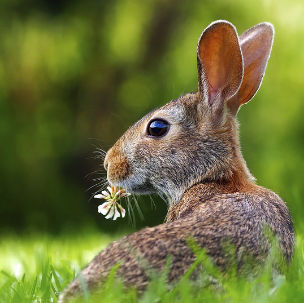 |
A jackrabbit’s long ears and powerful hind legs that help it move very quickly. | 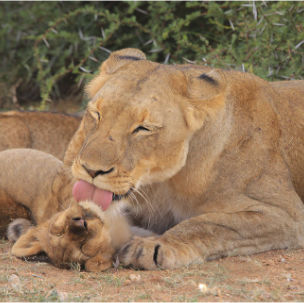 |
A lioness’s sandy-coloured fur and long, rough tongue. |
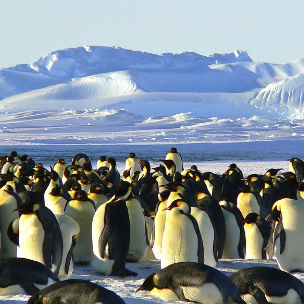 |
Emperor penguins huddling together to keep warm. | 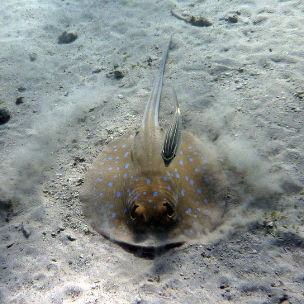 |
A stingray that’s buried itself in the ocean floor. |
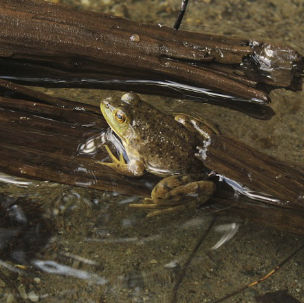 |
This wood frog’s skin looks a lot like the branch it's sitting on. | 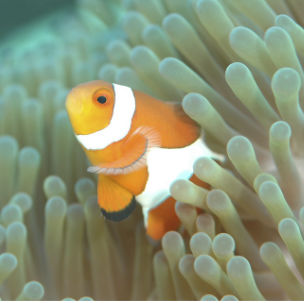 |
Clownfish in anemone tentacles. |
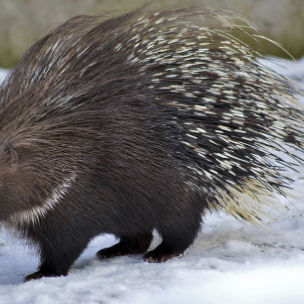 |
A porcupine and its quills. | 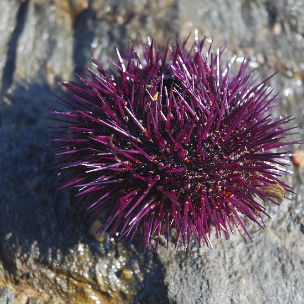 |
A sea urchin’s spiky shell. |
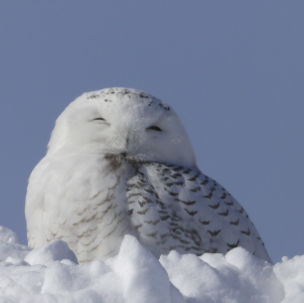 |
You can barely see the snowy owl in the snow… and behind all its feathers. | 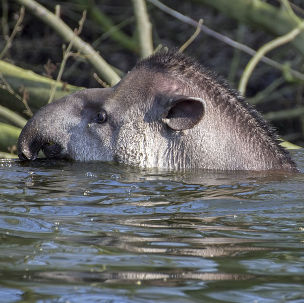 |
A tapir swimming with its long nose held up out of the water. |
 |
This cactus displays several desert adaptations: it has spines rather than leaves and it stores water in its stem. | 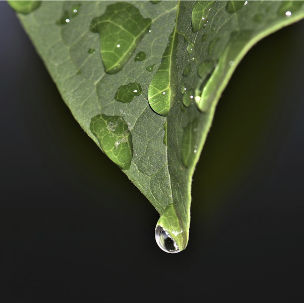 |
Drip-tips on leaves help shed excess water. |
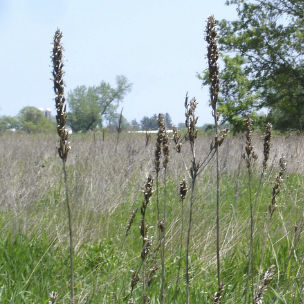 |
Soft stems enable prairie grasses to bend in the wind. Narrow leaves minimize water loss. | 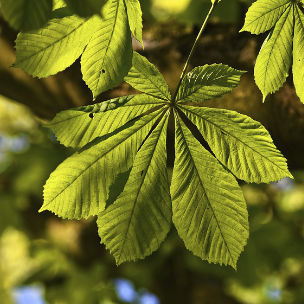 |
Broad leaves can capture a lot of sunlight for a tree. |
https://www.theschoolrun.com/homework-help/animal-adaptationv
